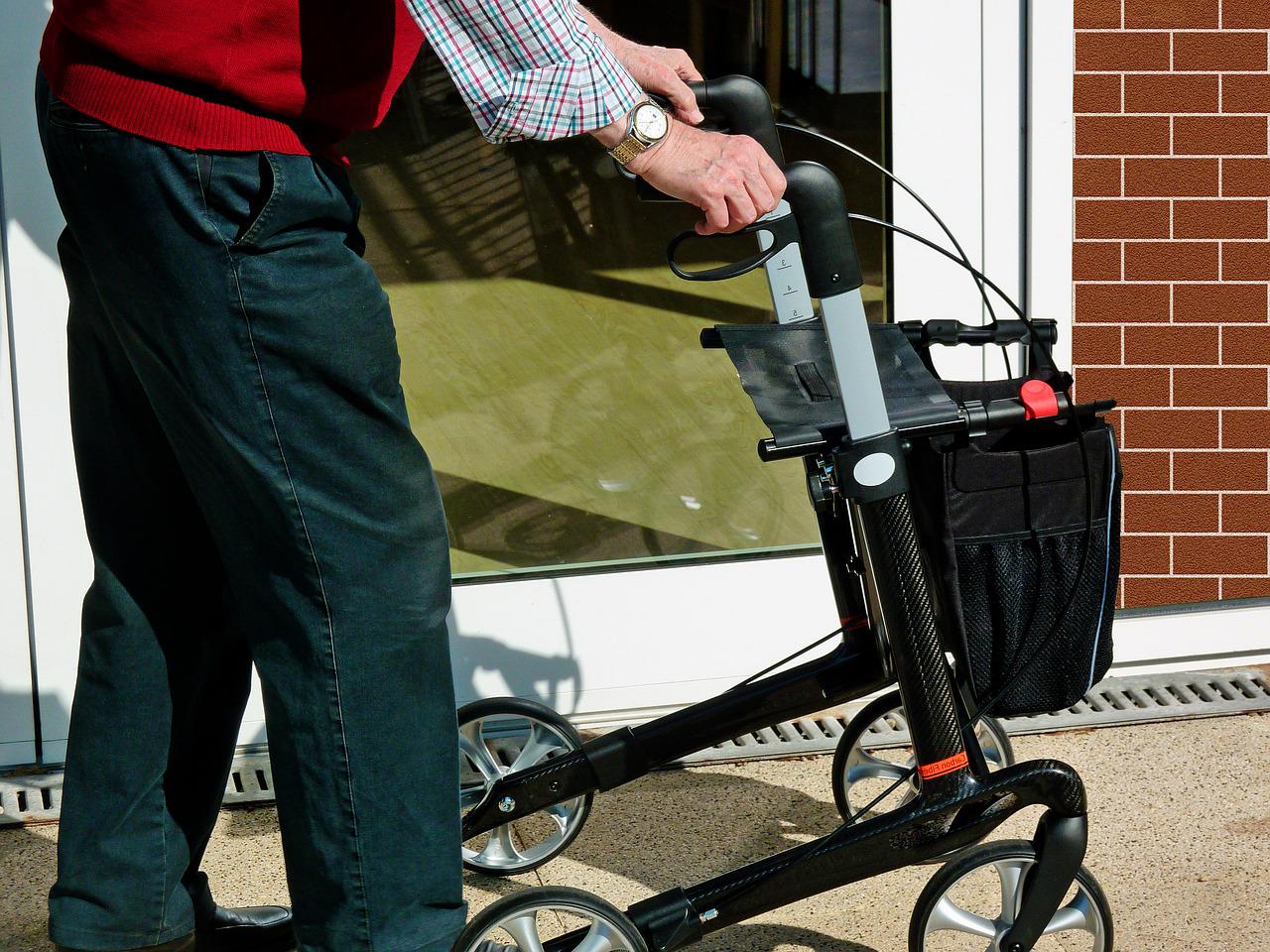How hospital-at-home models are changing care delivery
The new hospital
From grocery shopping to attending work and school, people are seeking to do more and more from the comfort of home — and receiving hospital-level care is no exception.
While the shift toward home-based health care had already begun before COVID-19, the pandemic reshaped assumptions about care and increased familiarity with innovations like telehealth, artificial intelligence and remote patient monitoring. It also underscored the benefits of hospital-at-home models for patients, providers and payers.
Health care leaders recognize that the hospital may not be the safest place to care for certain patients, says Bruce Leff, director of the Center for Transformative Geriatric Research at Johns Hopkins Medicine. Even before the pandemic, older adults in particular had a higher risk of negative outcomes, such as falls in the unfamiliar hospital environment or loss of mobility after significant time in a hospital bed. Elderly hospital patients may also suffer from episodes of acute confusion that can have long-term effects on cognitive abilities, Leff said, noting such confusion is less likely in a familiar environment.
Hospital-at-home care could also play an important role in the value-based care movement, as health systems seek to improve patient outcomes while lowering costs. AI and telehealth free up time for physicians to see more patients, help keep medical records organized and accurate, increase access to specialists and allow better information sharing between providers. Even before the pandemic, 76% of US hospitals were using video and other technology in 2019 to care for patients, and by 2021, more than 20% of health care leaders said their practice had added remote patient monitoring to their patient care toolbox.
But hospitals and health systems are moving to offer more than video-based care. They are embracing expanded remote monitoring and acute care at home, including hospice care and skilled nursing services.
CMS paved the way for reimbursement of these services under Medicare, first with its Hospital Without Walls initiative in March 2020 and then its Acute Hospital Care at Home waiver program, authorized under the public health emergency in November 2020. As of June 8, 105 health systems and 239 hospitals in 36 states has been approved to participate in the program, and hospitals that have already participated advocate for it to be extended, saying it has increased provider and patient satisfaction.
Kaiser Permanente and Mayo Clinic, along with other leading health care organizations, are using joint ventures to offer care outside of the hospital, while health plans like Humana and Anthem have formed value-based partnerships to provide home care.
McKinsey estimates that for Original Medicare and Medicare Advantage beneficiaries, up to $265 billion worth of services could be moved from traditional health care facilities to the home by 2025 without a reduction in quality.

Benefits of Hospital at Home
In addition to greater convenience and avoiding certain negative outcomes, hospital at home models have the potential to deliver higher quality care more efficiently. When compared with similar patients in a traditional inpatient setting, hospital-at-home patients have experienced:
- Better outcomes including lower mortality
- Higher satisfaction among patient and family
- Cost savings of between 19% and 30%
- Lower average length of stay
- Fewer lab and diagnostic tests.
Hospital-at-home models also help patients return to the activities of daily life more quickly, says Leff. That’s in part because patients tend to move about more in their homes, building up stamina more steadily.
Accelerating adoption
To encourage adoption of hospital-at-home care, Ascension and Intermountain health systems have teamed up with Amazon on the Moving Health Home collaborative, which will advocate for coverage of home-based care, as well as favorable policies.
Providers, payers and other health care leaders that want to accelerate adoption of hospital-at-home models should also:
- Create a hospital-at-home strategy that outlines specific situations where home-based, hospital-level care would save money and benefit patients
- Use analytics to identify patients who would benefit from hospital-at-home models
- Develop clinical models for home care, including primary and specialty telehealth care, in-home infusion services, etc.
- Establish contracts with payers to ensure appropriate reimbursement
- Redesign benefits to include hospital-at-home models
- Promote provider awareness and training on available technologies and their benefits
- Promote member awareness of home-care options
- Develop a network of health care providers, technology companies and community organizations that can support hospital-at-home models.
The hospital of the future
“While hospitals will still be necessary, much of what happens in hospitals currently can be done in the community and at home,” said Leff.
Traditional hospitals would become something akin to a large emergency department, ICU and surgical center. Meanwhile, most other services, such as rehab, primary care and skilled care, would be provided in the home or in a community setting. “We saw a glimpse of this early in the pandemic,” Leff said. “Hospitals shut down a lot of their elective operating rooms and opened up one new ICU unit after another.”
In many early hospital-at-home iterations, care was provided by internal medicine and family medicine practitioners, as well as geriatricians. Over time, this work is expected to shift to hospitalists, which will make it easier to integrate into the hospital workflow, Leff said. He noted that care from physicians will primarily be virtual, while nurse practitioners and physician assistants will work in the home.
To support the shift to more in-home care, insurers and health systems will need to leverage remote patient monitoring, telehealth and durable medical equipment solutions, as well as organizations that address social determinants of health.
Leff also notes the need for various considerations and protections to ensure hospital-at-home care is done right. It will need to be monitored, and to be provided by experienced hospitals and health systems. These hospitals and health systems must be able to coordinate the supply chain and logistics functions involved in providing this type of care, including emergency responses. Finally, efforts must also be made to avoid overburdening family and caregivers in the home and ensure they have the appropriate support.
With the proper safeguards, technological innovations and support from providers, health care can be provided more comfortably, more economically and more effectively in the place where patients are most comfortable.
If you liked this article, sign up for SmartBrief for Health Care Leaders. It’s among SmartBrief’s more than 250 free industry-focused email newsletters.
April Hollis is a health care editor at SmartBrief. Connect with her on LinkedIn.
